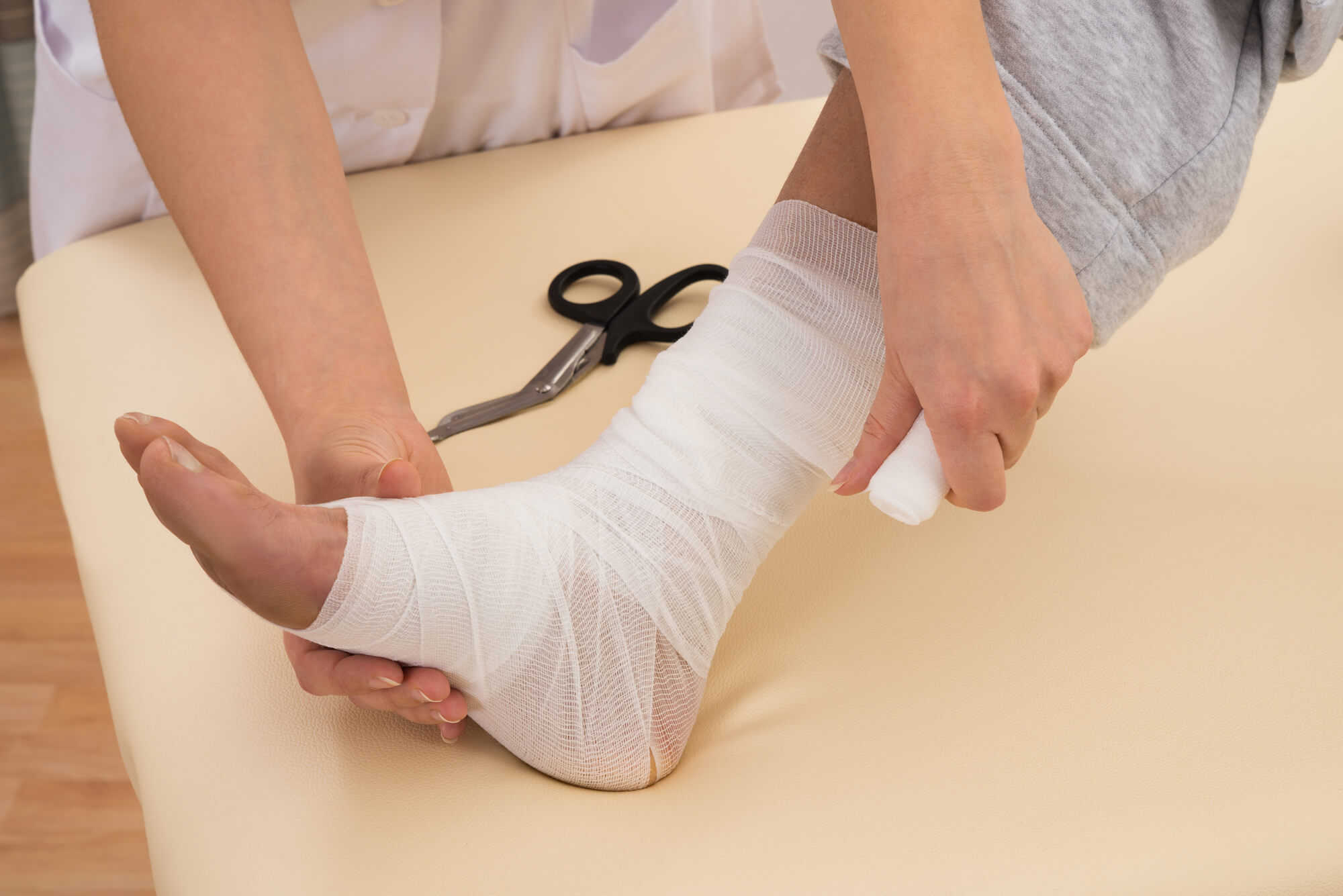How to Care for a Cut on the Bottom of Your Foot
Cuts on the bottom of your foot can be particularly dangerous, especially if not properly cared for. Foot cuts can be caused by minor cuts, scrapes, and other injuries, leading to infections if not treated properly. Proper wound care is essential for promoting healing and reducing the risk of infection. This article will discuss a step-by-step guide to caring for a cut on the bottom of your foot.
Step-by-Step Guide to Foot Wound Care for Cuts on the Bottom of Your Foot
Step 1: Stop the Bleeding
The first step in caring for a foot cut is to stop the bleeding. To do this, apply pressure to the wound with a clean cloth or gauze pad. Elevate the foot if possible to help reduce swelling. If the bleeding does not stop after 15 minutes of applying pressure, seek medical attention immediately.
Step 2: Clean the Wound
After stopping the bleeding, the next step is to clean the wound. Wash your hands thoroughly with soap and warm water before handling the wound. Rinse the wound with clean water to remove any dirt or debris. Use a sterile saline solution or hydrogen peroxide to help clean the wound. Avoid using alcohol, iodine, or other harsh chemicals that can damage healthy tissue. Once the wound is clean, gently pat it dry with a clean towel.
Step 3: Dress the Wound
After cleaning the wound, the next step is to dress it properly. Use a sterile gauze pad or bandage to cover the wound. Apply an antibiotic ointment to the wound to help prevent infection. Secure the bandage or gauze pad with tape or a bandage. Change the dressing daily or more frequently if it becomes wet or dirty.
Step 4: Protect the Wound
Once the wound is clean and dressed, it is important to protect it from further injury. Depending on the location of the wound, a bandage, cast, or splint may be necessary. Avoid putting pressure on the wound or exposing it to friction or rubbing. For example, if the wound is on the sole of your foot, wearing comfortable shoes that fit well is essential to protect it.
Step 5: Monitor the Wound
After caring for the wound, monitoring it for any changes is important. Look for signs of infection, such as redness, swelling, or discharge. Other signs to watch for include increased pain, fever, or a change in the color or texture of the wound. If you notice any of these signs, seek medical attention immediately.

Tips for Preventing Foot Cuts
Preventing foot cuts is key to avoiding the risk of infection and other complications. Here are some tips for preventing foot cuts:
Tip 1: Wear Proper Footwear
Wearing proper footwear is essential for preventing foot cuts. Make sure your shoes fit well and are comfortable. Avoid high heels or shoes that are too tight. If you are engaging in activities that involve a risk of a foot injury, such as sports, wear appropriate footwear that provides adequate support.
Tip 2: Practice Good Foot Hygiene
Maintaining good foot hygiene is another way to prevent foot cuts. Wash and dry your feet daily, particularly the area between your toes. Moisturize your feet to prevent dry skin that can lead to cracks or fissures.
Tip 3: Check Your Feet Regularly
Checking your feet regularly is important for identifying any potential issues before they become serious. Look for signs of redness, swelling, or bruising. Inspect the soles of your feet and between your toes for any signs of blisters or sores. If you have difficulty seeing the bottom of your feet, use a mirror or ask a family member for help. Remember, early detection of foot wounds is key to preventing complications.
Wash Your Hands
Before and after caring for a foot wound, wash your hands thoroughly with soap and warm water. This will help prevent the spread of bacteria and reduce the risk of infection.

When to Seek Medical Attention
In some cases, foot cuts may require medical attention. Seek medical attention if:
- The cut is deep, and you are unable to stop the bleeding
- The wound is large or jagged
- You are unable to clean the wound properly
- You notice signs of infection, such as redness, swelling, or discharge
- You have a fever or other signs of illness
Conclusion
Caring for a cut on the bottom of your foot requires proper wound care to promote healing and reduce the risk of infection. Follow these step-by-step instructions to care for a foot wound properly. Remember to clean the wound, dress it properly, protect it from further injury, and monitor it for any changes. Following these tips and preventing foot wounds can help keep your feet healthy and avoid potential issues. If you have any concerns or questions, consult your podiatrist for more information on foot care.

